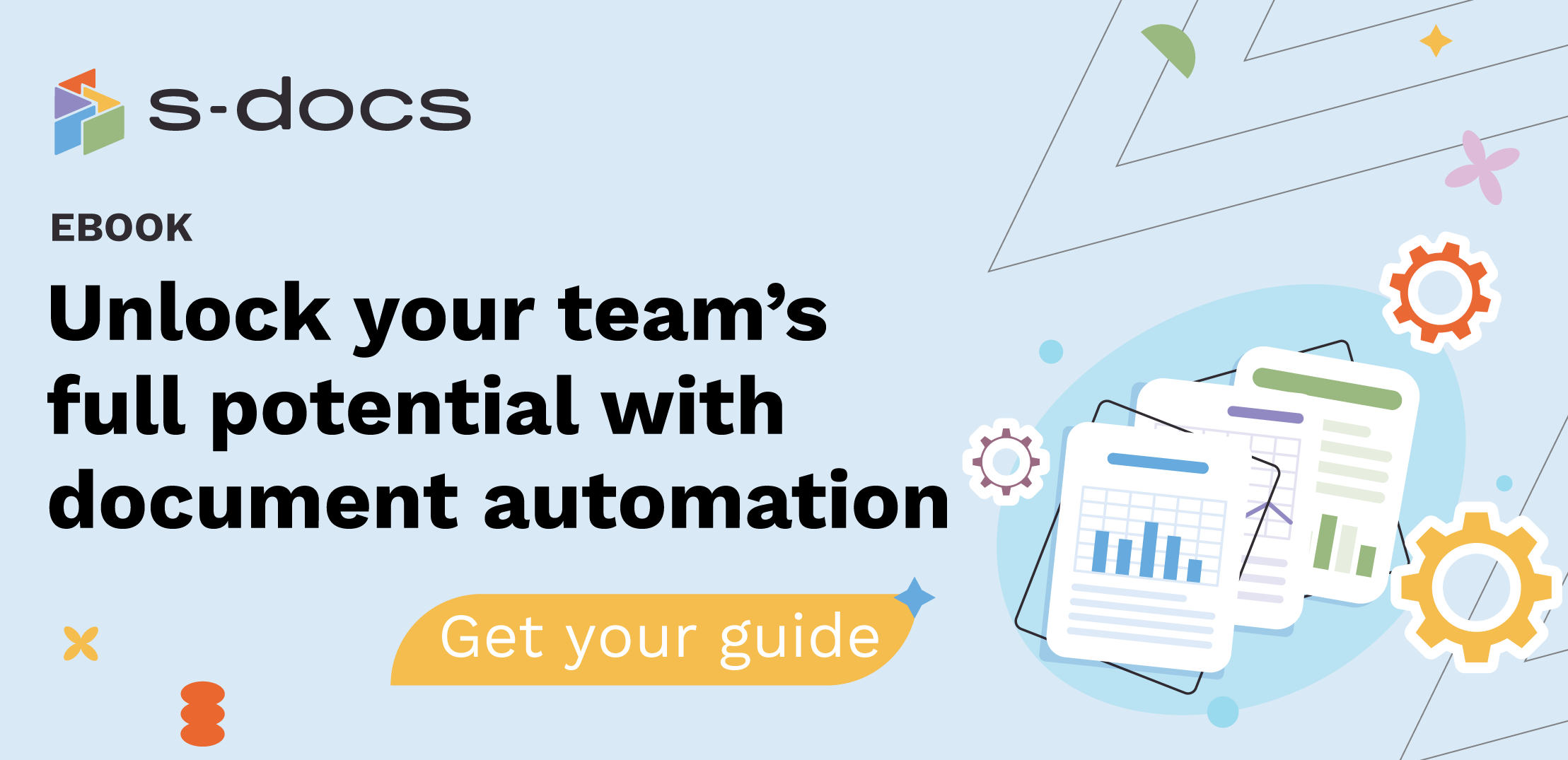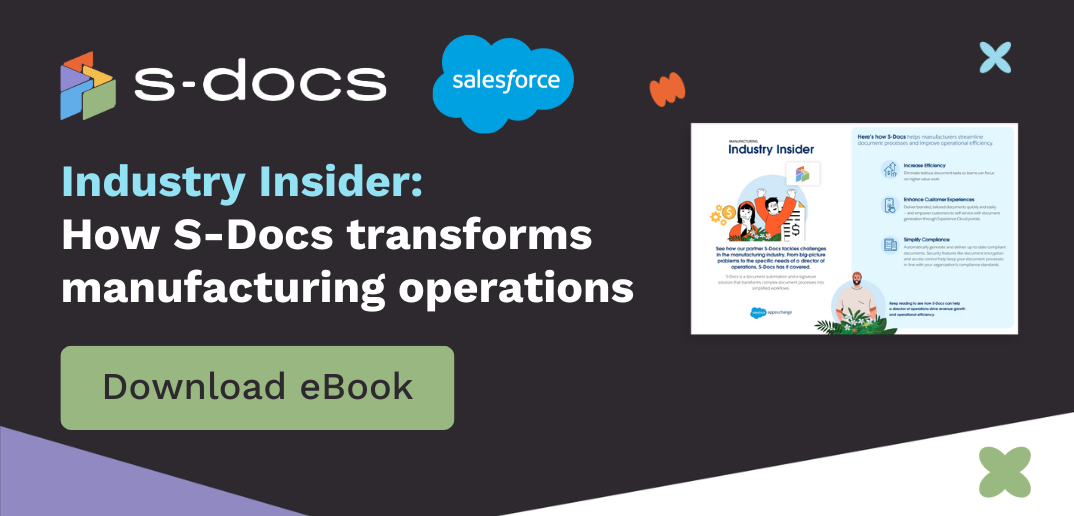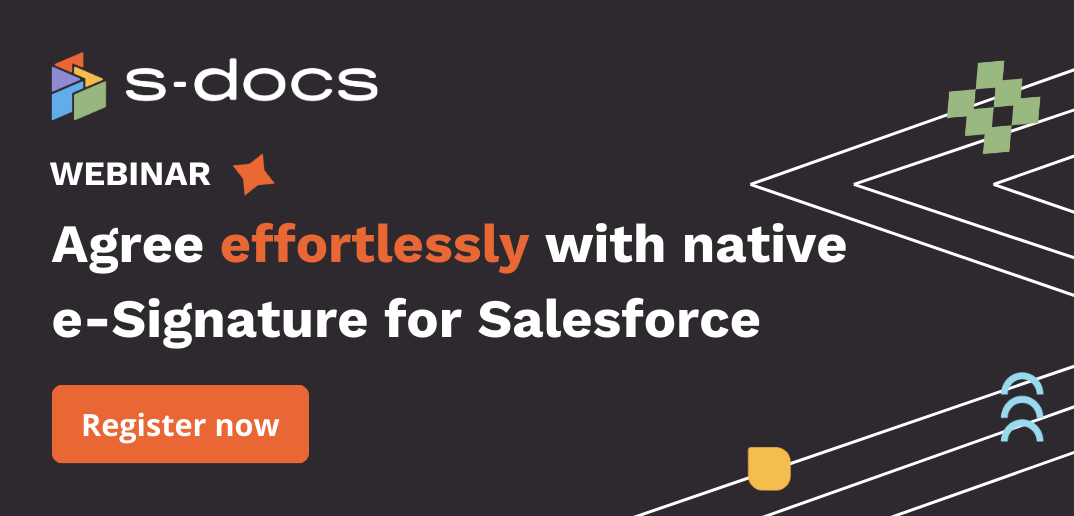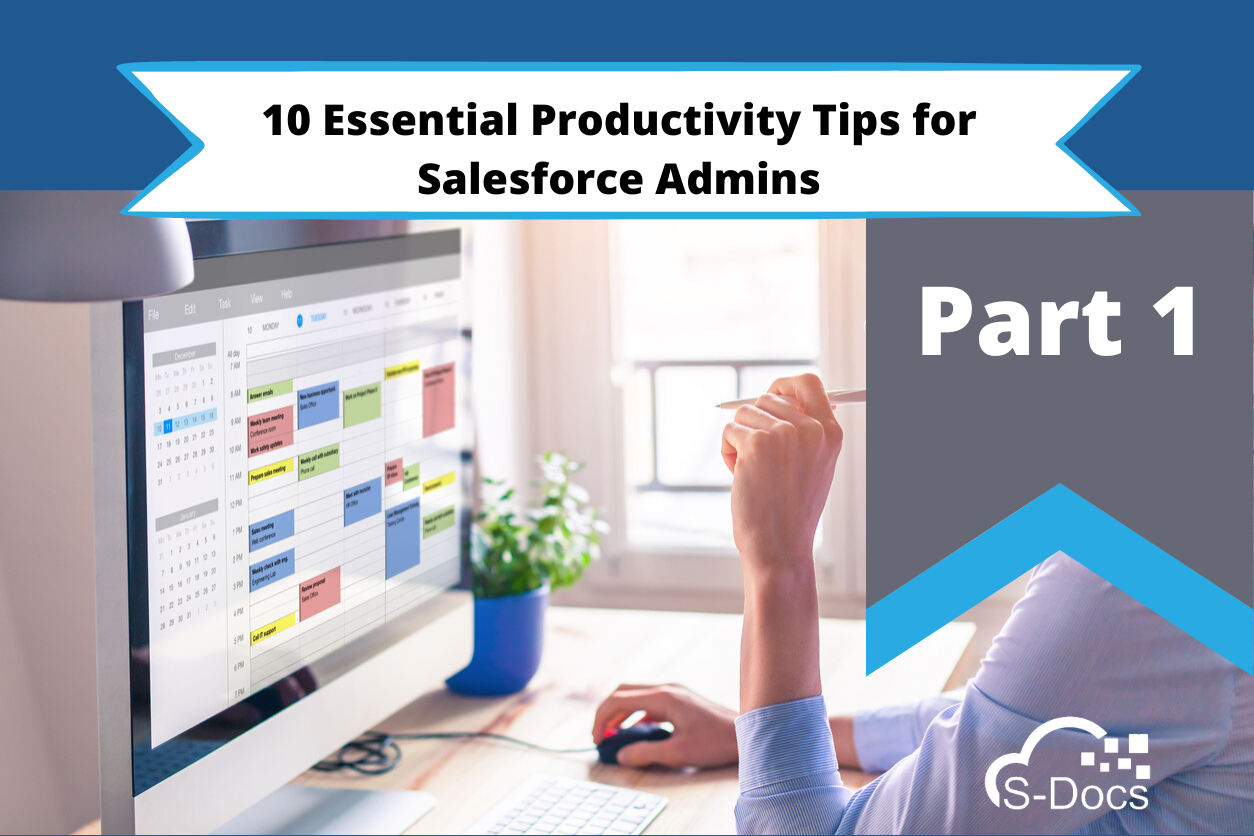One of the qualities that makes Salesforce admins so awesome is their propensity for being lifelong learners. In fact, learning is half the fun of being an admin; in this career, challenges are always met with a spirited “bring it on!” Salesforce admins know that there is always room to improve and do an even better job.
That’s why we’ve gathered a list of tips and tricks aimed exclusively at Salesforce admins that will help improve productivity and enable the constant learning and growth that they strive for. There’s so much to say that we’ve broken these tips up into a two-part blog series - read part 2 here!
So whether you’ve been a Salesforce administrator for just a month or 15+ years, here are some of the best tried-and-true productivity tips that we’ve gathered over the years from seasoned admins in a multitude of industries. Use these tricks to grow your efficiency and continue being the awesome admin that you are.
1. Stay Current on Release Notes
As we said before, admins never stop learning and improving, and this is true for Salesforce too. Salesforce is constantly investing in the innovation of their product, which means that every year it gets better and better. If you’re an admin, you don’t want to miss out on new features that could help both you and your users improve efficiency and be more productive.
Lucky for you, Salesforce introduces a new set of release notes three times a year to coincide with their triannual updates. Keeping up to date with these (along with completing the most recent certification maintenance trailhead modules) will ensure that you never miss out on new features that could help you be more productive.
2. Consider Multiple Ways of Solving Problems
In Salesforce, there’s never just one way of doing things -- there’s several. Take automation for example: You could use workflows, process builder, flows, or apex triggers. That’s part of what’s so great about Salesforce: there’s so many different paths to the end goal. Be sure to learn multiple ways of doing things, because eventually you’ll rely on those options for efficiency. Some projects may be better suited for using one workflow, while others are better off with another workflow. It all depends on the project details and what you’re trying to accomplish. The key is to always default to the most efficient and maintainable way of getting things done.
3. Automate Wherever You Can
Adding automation tools to your workflow is the ultimate productivity hack because it saves time, reduces errors, and helps your users become more self-sufficient. Isn’t that every Salesforce admin’s goal? Consider using a document automation solution to take care of those tedious documents no one enjoys pulling together. S-Docs, for example, is a useful 100% native document automation and e-signature solution that enables users to create documents with the click of a button and electronically sign them in seconds.
When you use S-Docs, you can set up sophisticated templates that your users can generate and email with a single click -- or even no clicks at all. It’s easy to set up workflows that generate and email documents for e-signature when something as simple as a field change happens. By implementing a solution like S-Docs, you’ll not only save time and limit frustrations, but your users will be more self-sufficient and you’ll have more time to focus on bigger projects.
4. Embrace Change
Just as Salesforce is constantly changing and updating, your company is also in a continual state of change as you grow and innovate. Because of this, there will probably come a time where your Salesforce org configuration will need to fundamentally change to reflect your shifting business requirements. It’s important to recognize this early on and develop a mindset that is open to change and recognizes when it’s necessary, because Salesforce orgs that stay the same forever will ultimately hinder everyone’s productivity in the long run. If your org isn’t closely aligned with your business, it’s not doing what it’s supposed to do.
You Might Also Like: What Salesforce Document Automation Can Teach You About Embracing Change
5. Know Troubleshooting Best Practices
Noticing a slow Salesforce or glitches in your system? Don’t let it slow you down: know where to look to troubleshoot your issues. The first place you should go is trust.salesforce.com to check the status of your Salesforce instance or POD. A “POD” refers to a group of 10,000 customers together in what Salesforce calls a Point of Deployment. This is a self-contained unit and each user is allocated to one and only one POD.
Next, check to see if other users are having the same issue and see if you’re able to replicate the problem. A good troubleshooting step is to determine if the issue is isolated to a specific browser. Try replicating the issue on a different browser. If the issue does not occur then you can conclude the issue has to do with the browser. At the same time, if the issue persists, try one of these troubleshooting resources:
- Google it - really!
- Check Salesforce Help for articles related to your specific issue
- Test, test, test in your sandbox
- Inquire with your user group online
6. Tap Into Community Resources
One of the best things about Salesforce doesn’t have anything to do with the product at all: it’s the active and vibrant community that surrounds it. There are countless YouTube channels, blogs, and podcasts by Salesforce experts that can provide you with valuable knowledge about getting things done on your favorite platform. The community is so large that you can usually find blogs about very specific topics -- you just have to do a little googling first.
Another great thing you can do is follow Salesforce MVPs on twitter. MVPs are Salesforce experts that are extremely active in the community and passionate about helping others (and a lot of them have their own blogs or podcasts, too). You can stay up to date on all things Salesforce by keeping up with the MVPs, so we highly recommend it.
7. Use Bookmarks
You don’t have to reinvent the wheel every time you need to solve a problem! If you come across a resource that solves a problem you frequently run into in a community group or elsewhere online, bookmark it. Flagging significant information to refer back to is a hack you’ll thank yourself for later. Common resources to bookmark:
- Your most frequented tabs
- Dashboards/reports that you check daily
- Community forums/blogs you read
- Different dev or sandbox orgs for easy access
You Might Also Like: Upgrading Your Document Generation System? Here's What You Need To Know
8. Approach Your Week With Mindfulness
At the beginning of every week, it’s important to take a look at all of your current projects and tasks and make yourself a set of goals and objectives. Ask yourself what you realistically want to accomplish for the week, as well as if those goals align with you and your company’s priorities. Then, create a to-do list and block off your calendar based on that list. Doing this simple process at the beginning of each week will help you not feel too overwhelmed by the amount of tasks in your inbox, ensure that you complete the most pressing and important things first, and ultimately allow you to be more productive because of it.
9. Remove Distractions
Sometimes, the tools that enable your productivity can also hinder it. If you’re finding yourself interrupted by Slack messages and emails every ten minutes, it’s okay to turn off notifications for a chunk of time, close out of any unnecessary tabs, and hunker down for some distraction-free deep work.
This also applies to physical distractions in your environment: if things are too loud where you’re working, try putting in headphones and turning on some relaxing music, or even white noise. You’ll probably also want to turn your phone off for a period of time.
10. Tap into Your Puzzle Solving Skills
Salesforce admins are puzzle solvers by nature and have a knack for getting to the root of issues quickly. You get requests or complaints from users all the time, some of which may not be accurately described. Be the puzzle solver you were born to be. Ask leading questions to get the root of the problem. Ask yourself why your users are requesting a particular feature before thinking about how you will implement it -- these questions will help you determine the best course of action, and will ultimately save your organization time and headaches.
Summing it Up
Whether you’ve been in your career for fifteen years or fifteen months, there’s always room to grow. Use these tips to equip yourself with the necessary hacks to crush it as a Salesforce admin (or continue to crush it, as we know you’re already doing). Learning opportunities within the Salesforce ecosystem are endless, so take advantage of all you can and never stop learning and growing in your position.
Ready To Catapult Productivity To The Next Level?
Productivity is all about eliminating tedious tasks and focusing on the highest value work. That’s why S-Docs 100% native document generation and e-signature solutions are designed to cut out the process of manual document creation and wet ink signatures, two of the biggest time-draining activities in the modern business world. Since S-Docs is built on the Salesforce platform, it’s much faster than off-platform solutions and incredibly secure. It’s also easier to use since it mirrors the look and feel of Salesforce, meaning your team can spend less time implementing and more time doing.
It only takes a few minutes to get started. To see what S-Docs can do for your team, request a demo today or contact us at sales@sdocs.com.
Note: This article is part of a 2-part blog series on productivity tips for Salesforce admins. Read part 2 here.







